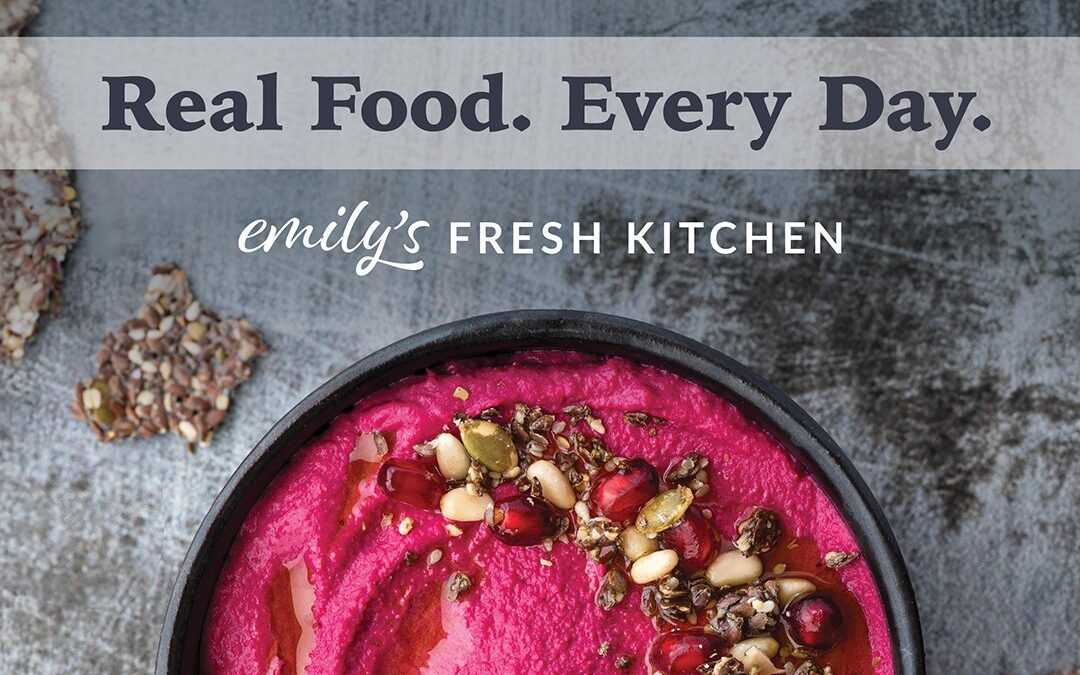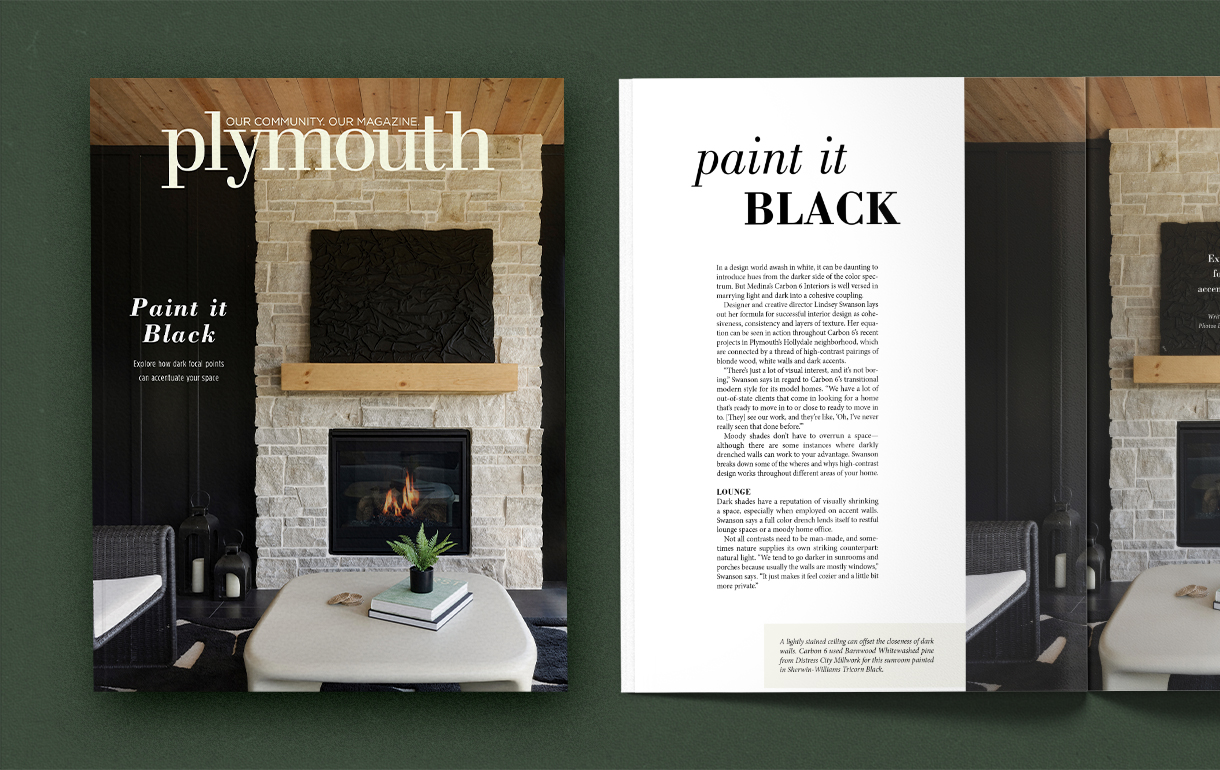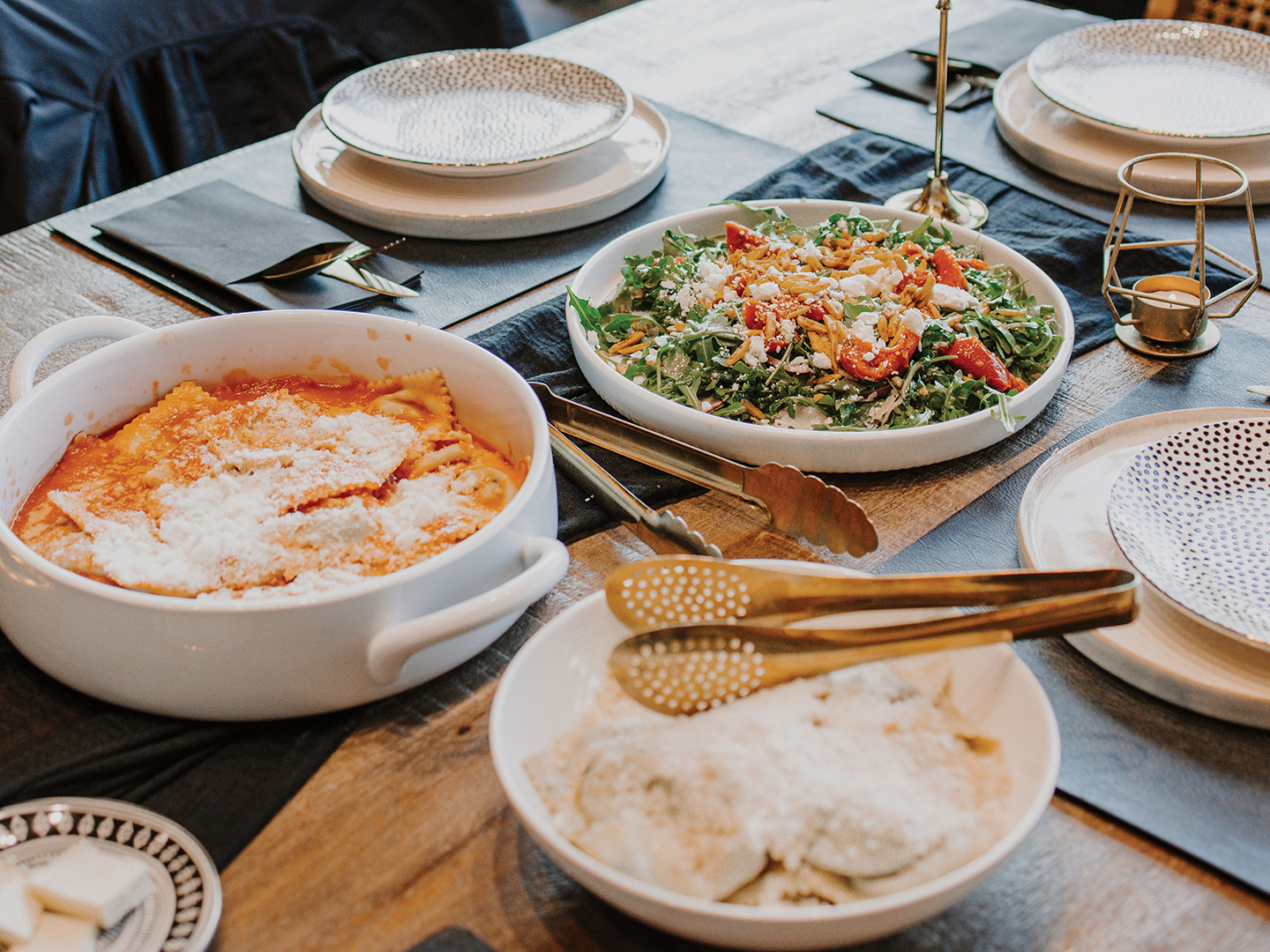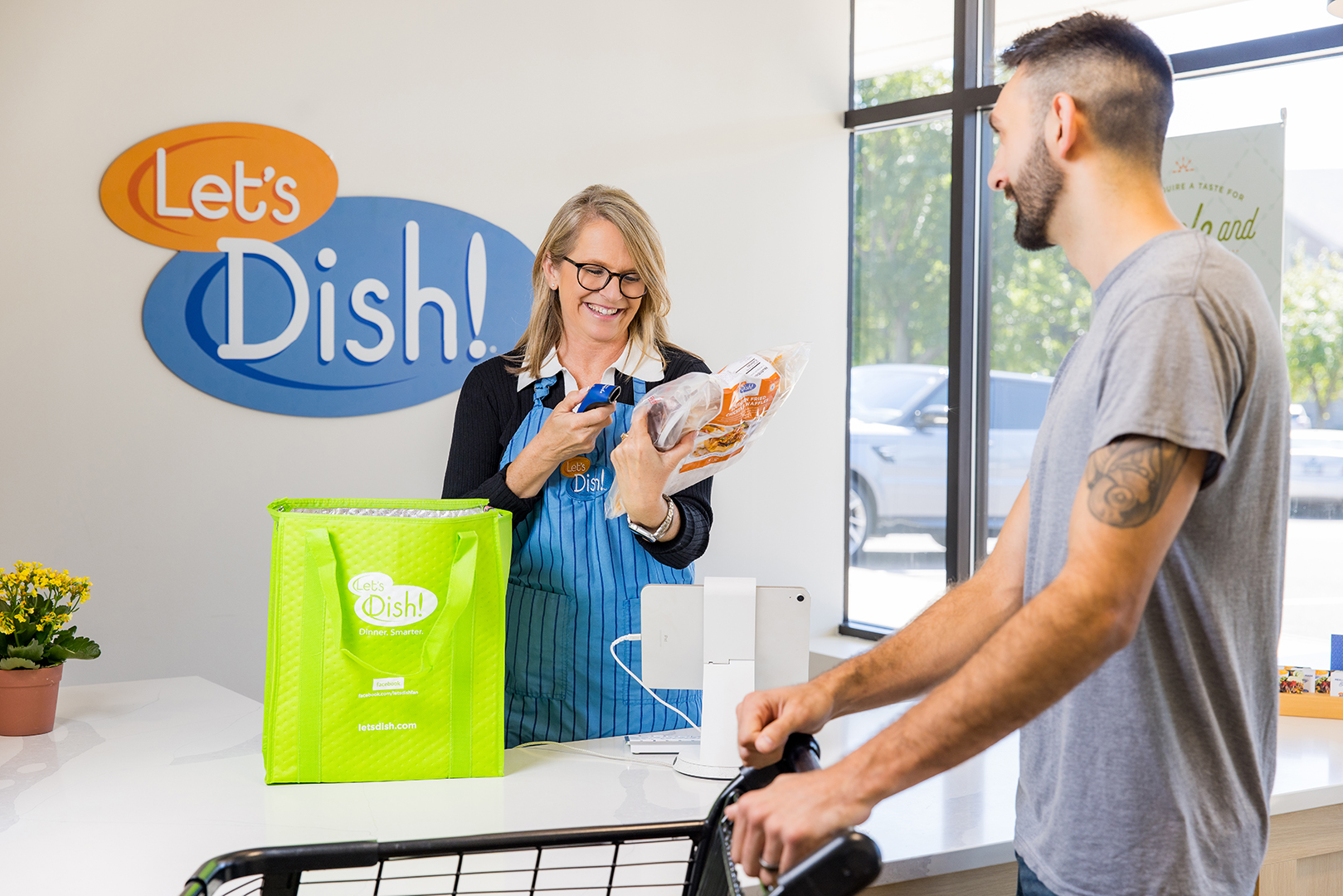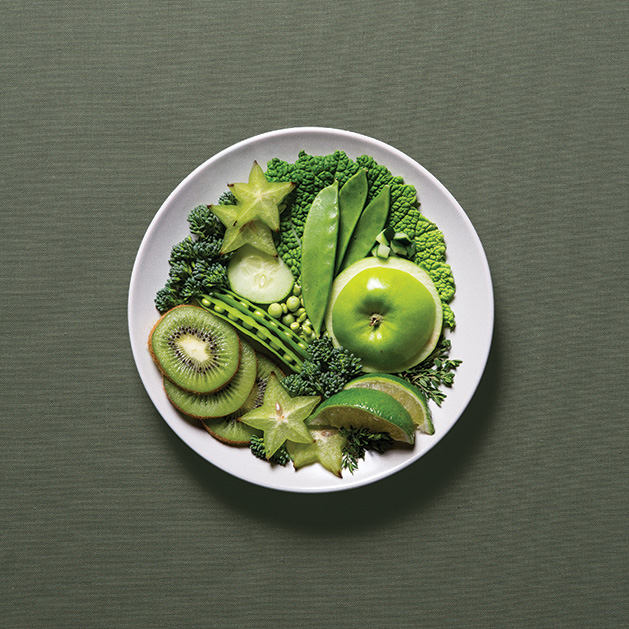
Photos: Rachel Nadeau
Two local experts offer tips for good nutrition and healthy living for growing families on-the-go.
With a strong interest in providing children with what they need to succeed, Plymouth resident Angie Johnson has devoted her life to helping and educating kids from the comfort of her own home.
“I enjoy their open outlook on life. I like to watch that [sense of] wonder,” says Johnson. “Kids have so much to teach.”
Spending several years in Los Angeles as a full-time nanny providing care for three children, doing housework and running errands, Johnson discovered her innate ability to be supportive of parents and kids. Upon her return to the Midwest to start her own family years later, she discovered that a lot of the childcare options were expensive and didn’t provide an option for part-time care.
Channeling her love for caregiving and her experience as a nanny, Johnson decided to open her own in-home daycare with the goal of providing an affordable and flexible option for parents. Johnson usually cares for four kids, in addition to her own, throughout the week.
Johnson believes good nutrition is key to physical and mental health, but knows that getting kids to eat a variety of healthy foods can be challenging.
That’s why she emphasizes a threefold approach to establishing healthy eating for kids—how they are exposed to certain foods, how they are being fed and what they are being fed.
Johnson and Nicole Hirsch Kuechle, owner of My Healthy Beginning, a health center in Long Lake, offer tips for good nutrition and healthy living for growing families on-the-go.
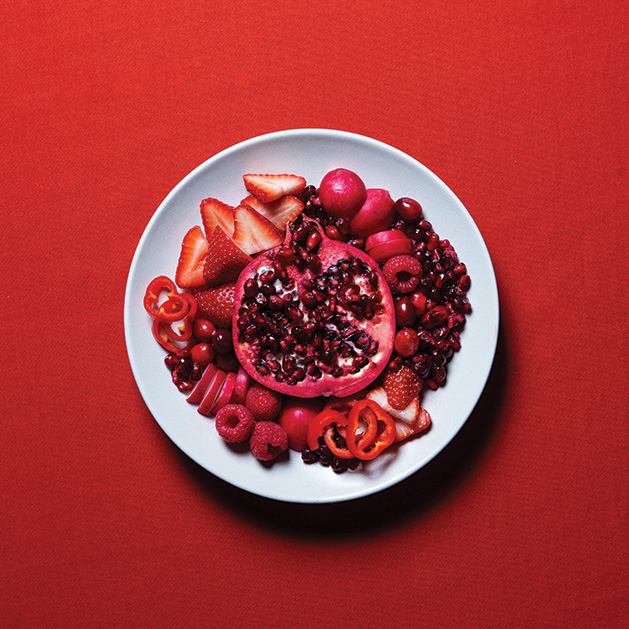
Broaden Your Horizons
Consistent exposure is key to getting anyone to enjoy certain foods. Johnson says that a person must be exposed to a specific food between 40 and 60 times before deciding if they truly don’t like something. “It’s important to leave the decision up to the kids,” says Johnson.
“With kids, once there is negativity around eating, it can actually take away their appetites,” says Johnson. “If there is too much pressure, it shuts off all of the hormones that tell them they are hungry.”
Part of creating a positive attitude toward nutrient-rich foods is eliminating the use of treats as incentives for kids to finish their meals. It is important to understand that this form of rewarding for eating creates a negative association around “task food” and reinforces the desire for the treat food. According to Johnson, as the child grows older, they will tend to avoid eating the task food even though they may eventually like it.
Instead, Johnson suggests making an “adventure plate” in addition to the main meal that is being served. The adventure plate can introduce new foods in a low-pressure way to increase exposure and ignite interest in certain foods.
“Part of child development, especially at the toddler age, is about finding independence, and exploration of food is one of the easiest places to do that,” says Hirsch Kuechle.
Johnson advises allowing kids to choose what they want to do with the food on the adventure plate. They can touch it, smell it, chew it, spit it out or fully consume it. One way to spark interest in these foods is to center each plate around a specific theme like types of food— fruits, veggies, grains, starches, or by shape or color.
“The best thing that you can do is remove the pressure—forcing a kid to eat almost never works,” says Johnson. “The parents’ one job is to prepare a healthy and balanced meal. The child has two jobs— they decide whether or not they are going to eat it and how much of it they are going to eat. It should never be a battle.”
Johnson also suggests involving the kids in the process of cooking from start to finish so they understand what it is they are eating and how it is created. Have them be a part of the planning, shopping, meal prep and cooking. When it comes time to eat, they will recognize the foods and understand that food is more than something that just sits on a plate.
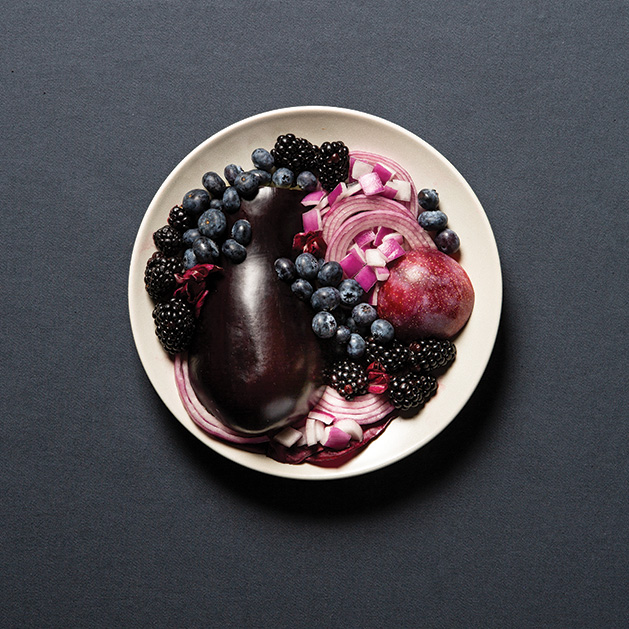
Innovation
We often don’t realize the negative impact that heavily packaged foods have on our day-to-day lives physically, financially and environmentally. The foods that are packaged in aluminum cans, plastic containers and cardboard boxes are often high in sodium and have many preservatives. The packaging is not environmentally friendly. Johnson suggests when choosing foods to fuel your body, consider whole grains, fruits, vegetables and natural sweeteners like honey or agave nectar. Johnson says that about 90 percent of the foods that make up our diet should be whole foods. “We should never sacrifice our nutrition for the sake of convenience,” she says.
Parents often resort to fast food or junk food to satisfy their hungry kids. Johnson says some parents claim that their kids are “garbage disposals” and always want to eat. She attributes this to kids getting filled up with substances that have low nutritional value during snack and mealtime. To avoid the constant hunger, Johnson suggests veering away from foods like Goldfish crackers and processed fruit snacks because they serve to reinforce picky eating.
In addition to wise food choices, eliminate spending an extra fifteen minutes waiting in line at the drive-thru for a quick (and often greasy) pick-me-up and instead set aside those few minutes to prep nutritious snacks like fresh apple slices, veggies and dip, cheese and crackers or yogurt parfaits to save time and money. It’s a lot easier said than done, of course. Hirsch Kuechle says planning and scheduling tends to be the hardest thing to adjust when making changes towards a healthy lifestyle.
Use your resources and plan your weeks accordingly, says Hirsch Kuechle. “Look ahead at your finances, your time, and your children’s activities to help you decide what you will need, how you will prep it, when you will eat it and where,” she says.
Hirsch Kuechle also suggests scheduling time for the whole family to eat dinner together. By incorporating dinner time as a part of the weekday schedule, it becomes easier to incorporate thoughtful food choices.
“If we want to educate our kids on the benefit of eating real food and the [need to] take the time to do it, we have to [model it],” says Hirsch Kuechle.
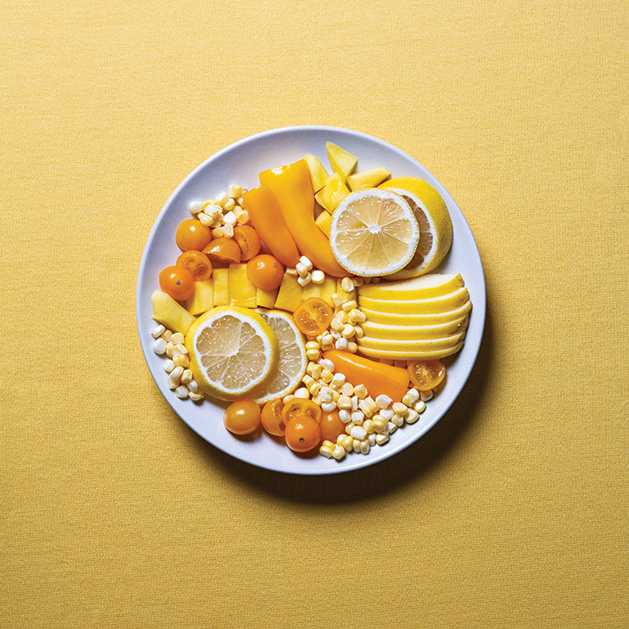
Play with Your Food and Eat It, Too
Build your own tacos or pizza.
Place each ingredient inside muffin tin liners as a way to separate the options and make them pop. When foods are readily available, kids are more inclined to try them, especially if they are making something for themselves.
Pasta plus.
Lace veggies like squash or pierce fresh peas onto pieces of uncooked spaghetti and boil to al dente. As the decorated noodles boil, the veggies are cooked into the pasta, making for a delicious, nutritious and festive meal.
Mix it up.
Everyone loves mashed potatoes. For a healthier spin, puree in veggies like squash or broccoli to enhance the nutritient content. Add some vanilla yogurt to plain non-fat yogurt to give it a sweet twist with less sugar.
My Healthy Beginning
520 Tamarack Ave., Long Lake


